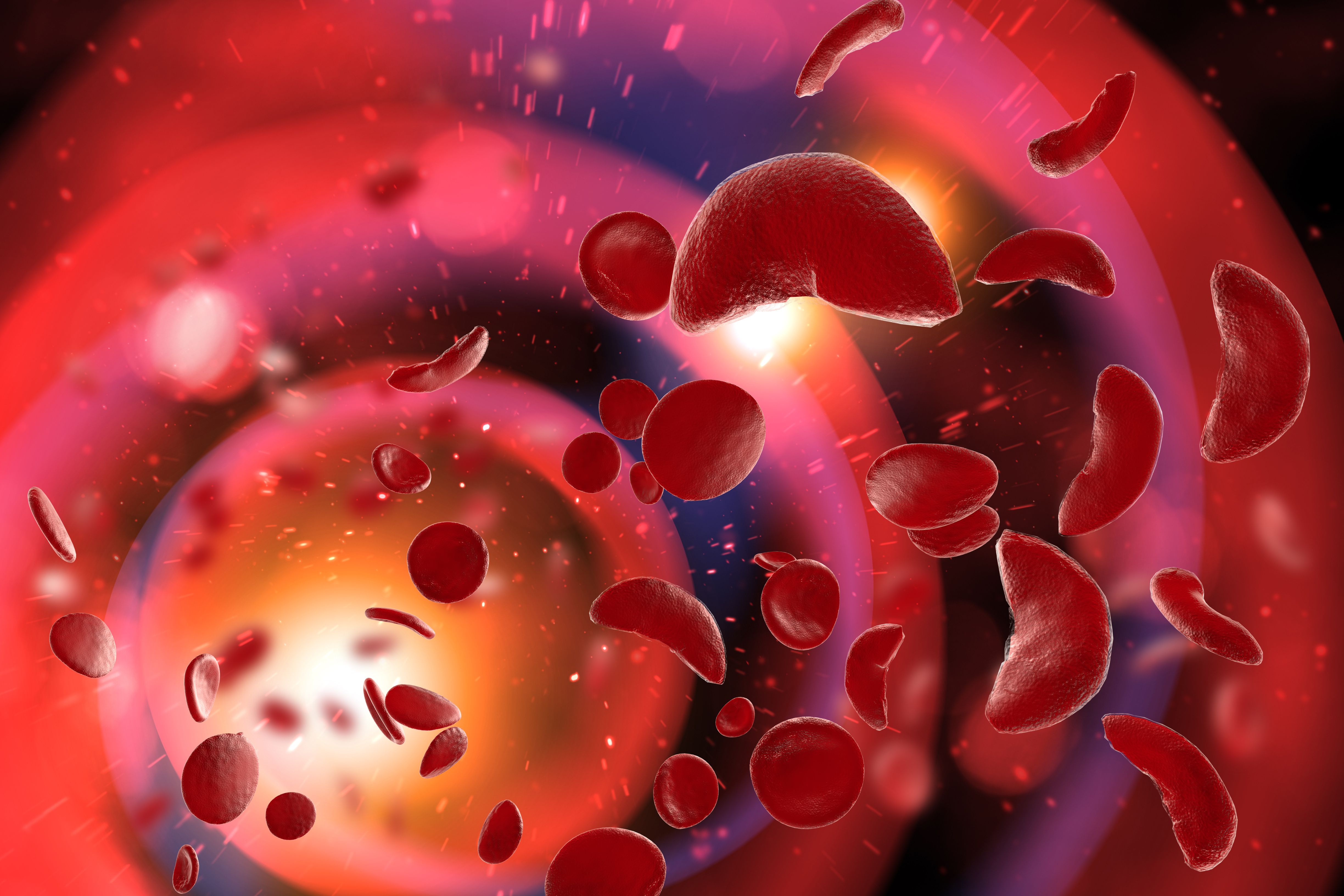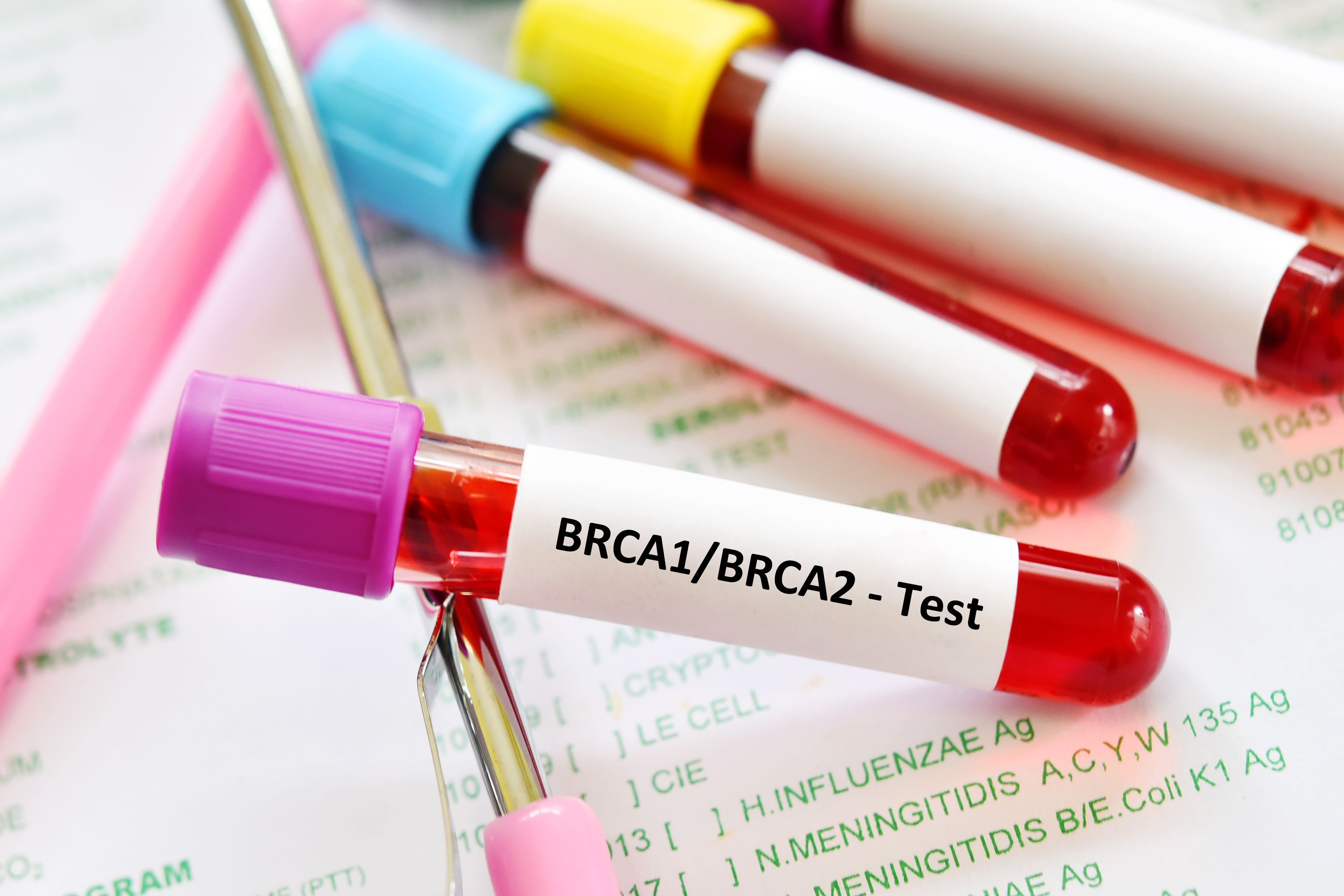News
Article
Exagamglogene Autotemcel Meets End Points in Severe Sickle Cell Disease, β-Thalassemia
Author(s):
Two posters set to be presented at the 65th American Society of Hematology Annual Meeting & Exposition met their primary and secondary end points regarding exagamglogene autotemcel therapy for sickle cell disease and β-thalassemia.
Posters set to be presented at this year’s 65th American Society of Hematology (ASH) Annual Meeting & Exposition suggest exagamglogene autotemcel (exa-cel), a nonviral cell therapy, has the potential to deliver a one-time functional cure for patients with severe sickle cell disease (SCD) and transfusion-dependent β-thalassemia (TDT).

Exa-cel therapy is designed to reactivate the fetal hemoglobin (HbF) via ex vivo CRISPR-Cas9 gene-editing of autologous CD34+ hematopoietic stem and progenitor cells (HSPCs) at the erythroid-specific region of the BCL11A gene in patients with SCD, according to the abstract presenting results from the CLIMB SCD-121 trial.1
The study is based on an ongoing, 24-month, phase 3 trial in patients aged 12 to 35 years with SCD and a history of 2 or more vaso-occlusive crises (VOCs) within 2 years prior to screening. The primary end point was the proportion of patients free of VOCs for at least 12 consecutive months. Secondary end points included the proportion of patients free from inpatient hospitalization for severe VOCs for 12 or more consecutive months and the proportion of patients free from severe VOCs for at least 9 consecutive months.
The researchers evaluated primary and secondary end points 60 days after the last red blood cell transfusion for posttransplant support or SCD management.
A total of 42 patients were enrolled in the study to receive exa-cel therapy as of February 10, 2023. The median (IQR) age of patients was 21.2 (12-34) years, and they had 4.2 VOCs per year at baseline. Of the 20 patients available for the primary end point, 19 (95%) were VOC free for 12 or more consecutive months (95% CI, 75.1%-99.9%; P < .0001). Additionally, all 20 patients were free from hospitalizations for VOCs for 9 or more consecutive months (95% CI, 83.2%-100%; P < .0001) and 29 of 30 (96.7%) were free of VOCs for 9 or more consecutive months (95% CI, 82.8%-99.9%; P < .0001).
Among patients who achieved the primary end point, median (IQR) VOC-free duration was 21.8 (12.3-41.4) months. For all patients in the study, hemoglobin (Hb) level was 12.1 g/dL at 3 months and was maintained (≥11.0 g/dL) at 6 months and onward. Furthermore, HbF was 36% at 3 months and was generally maintained (≥40%) from 6 months and onward. The proportion of edited BCL11A alleles was stable over time in bone marrow CD34+ and peripheral blood nucleated cells.
Lastly, 36 of 39 patients with 60 or more days of follow-up after the last transfusion remained VOC free, with quality-of-life measures showing clinically significant improvement from baseline.
However, all patients had at least 1 adverse event, with the most common being febrile neutropenia (61.5%), headache (53.8%), and stomatitis (50%). Most adverse events and serious adverse events occurred within the first 6 months after infusion. No deaths, discontinuations, or malignancies were reported.
Similarly, a second abstract showed that the CLIMB THAL-111 trial met its primary and secondary end points, finding exa-cel treatment resulted in early and sustained increases in Hb and HbF and was associated with transfusion independence in more than 90% of patients with TDT (95% CI, 76.9%-98.2%; P < .0001).2 Additionally, exa-cel treatment was found to improve quality-of-life measures in this patient cohort.
In both studies, exa-cel had safety profiles generally consistent with myeloablative busulfan conditioning and autologous transplantation.
References
1. Frangoul H, Locatelli F, Sharma A, et al. Exagamglogene autotemcel for severe sickle cell disease. Poster presented at: ASH Annual Meeting & Exposition; December 9-12, 2023; San Diego, CA. Accessed December 7, 2023. https://ash.confex.com/ash/2023/webprogram/Paper190139.html
2. Locatelli F, Lang P, Corbacioglu S, et al. Exagamglogene autotemcel for transfusion-dependent β-thalassemia. Poster presented at: ASH Annual Meeting & Exposition; December 9-12, 2023; San Diego, CA. Accessed December 7, 2023. https://ash.confex.com/ash/2023/webprogram/Paper190534.html

The Importance of Examining and Preventing Atrial Fibrillation




